WA6126 The H3C WA6126 Access Point is a high-performance wireless solution designed to meet the demanding needs of modern enterprises. This access point features an internal omni-directional antenna with six streams and dual radio capabilities, making it ideal for environments that require robust and reliable wireless connectivity. Operating mode Fit AP mode The WA6126 supports the Fit AP mode and can be managed by the wireless controller equipped with the Comware system. In this networking mode, the user can locally manage the APs in batches. Cloud AP mode WA6126 supports H3C Cloudnet solution that enables wireless networking without hardware AC and authentication server. It can perform authentications via PSK, Portal, SMS, and WeChat. Customized development is implemented for multi-branch scenarios such as hotel chains and supermarkets, enabling features such as easy deployment, hierarchical and decentralized management, smart large screen at headquarters, and customized configuration templates. The Cloudnet smart O&M platform enables users to grasp the status of wireless devices, networks, and terminal devices, and allows for simple management and O&M. This helps to reduce customer capital investment and O&M labor costs, and increase efficiency. WA6126 supports Quicknet local automatic networking solution. Automatic discovery and construction of devices to achieve unified management of multiple devices and ensure network experience by relying on AP intelligent native technology. Smart O&M The visualized, measurable, and auto-optimized H3C smart O&M system facilitates operation and maintenance and saves labor costs. Data visualization The H3C smart O&M system collects and displays rich O&M data via telemetry techniques. On the terminal side, it records the terminal’s roaming log, authentication log, signal strength, important packet interaction log, packet loss, latency, etc., and can identify over 150 reasons for terminal failures to go online, over 140 reasons for terminals to go offline, and over 100 reasons for authentication failures. On the AP side, it collects data such as AP association failures, reasons for detaching from the AC, traffic composition of each wired interface, error packet information, radio traffic composition, radio channel utilization, radio interference strength, and WIPS wireless attacks. Measurability The H3C smart O&M system has established a perfect evaluation system to measure the user experience, device health status, and network status, enabling the administrators to view and maintain the network easily. Security protection of wired and wireless networks Terminal device access and admission security With the wireless controller, wireless switches, and authentication system self-developed by H3C, WA6126 can support authentication and encryption via 802.1x, PSK, MAC address, PPPoE, Portal, WeChat, and SMS. This ensures network security. Wireless intrusion prevention system (WIPS) WA6126 supports WIPS. In combination with the wireless controller/wireless switch, it supports WIPS features such as detection, intrusion detection, as well as blacklist and whitelist of rogue devices at the same time. The WIPS features enable the device to detect, identify, take countermeasures against, and effectively intercept rogue devices. Wired network security WA6126 supports wired access and control of APs. The wireless port of APs can be authenticated as an 802.1X client of the wired access network to ensure the legality of the AP. It guarantees the security of the wireless tunnel through encryption methods such as CAPWAP tunnel and DTLS. Radio resource optimization and station access control policy WA6126 supports the radio resource optimization policy (RROP). RROP is a collection of multiple wireless radio optimization methods. It is used to reduce or control the consumption of radio media resources caused by management packets, broadcast packets, and invalid packets. It helps to set aside more resources to provide the users with better wireless application services. RROP mainly contains radio resource optimization policies such as layer 2 isolation for wireless services, disabling low data rate, adjusting the Beacon interval, and disabling the broadcast probe function. WA6126 supports the station access control policy (SACP), which guides the terminal client to access the optimal AP or wireless service and helps control and schedule the traffic of the terminal devices based on network applications. This improves the overall performance of the entire wireless network and improves the experience and effect of wireless access applications. SACP feature mainly includes terminal control policies such as the prohibition of clients with weak signals, spectrum guide, roaming guide, load sharing, ignorance of packets with weak signals, fair scheduling of radios, traffic shaping based on client link status, and smart bandwidth guarantee. Radio resource management (RRM) RRM monitors in real time the environmental conditions such as the utilization rate of radio channels, channel interference, and signal conflict through systematic intelligent radio management. Moreover, it adjusts in real time the radio parameters such as the working channel, bandwidth, and power to maintain optimal radio resource status. In this way, it enables auto network planning and auto network repair. Roaming optimization The wireless AP supports the fast BSS transition feature defined in the 802.11r standard that helps to facilitate the roaming of wireless users, reduce the possibility of network interruptions, and enhance roaming quality. Through the 802.11k mechanism, the AP and the wireless client perform interactive detection and perceive multi-dimensional network topologies. The AC identifies and comprehensively calculates the roaming timing and access location of the wireless client from a full perspective and negotiates switching with the client via the 802.11v and 802.11r mechanisms. During the switching period, the AC will ensure the traffic of the downlink service, to achieve seamless switching and improve user experience. Only 11ax access WA6126 supports the only 11ax access feature. The Wi-Fi 6 (802.11ax) is backward-compatible with 802.11a/b/g/n/ac standard, so the users of the 802.11a/b/g/n/ac standard can access a Wi-Fi 6 (802.11ax) wireless access device. However, its compatibility causes a decline in the actual performance of devices with high access capabilities such as Wi-Fi 6 (802.11ax) to some extent. H3C devices enable the user to set the access mode of a certain radio frequency to only 11ax (only users using Wi-Fi 6 (802.11ax) can access). This ensures bandwidth transmission and device performance. Orthogonal frequency division multiple access (OFDMA) WA6126 supports OFDMA technology. An AP can divide wireless bandwidth and transmit data to multiple terminals simultaneously via different subcarriers. This reduces transmission latency caused by multi-user radio resource contention and backoffs and improves the user experience of low-latency applications such as speech output and video in multi-user scenarios. Spatial reuse (SR) WA6126 supports spatial reuse technology and basic service set (BSS) coloring technology. With these technologies, it identifies the color of the packets at the link layer to control the terminal device and adjusts transmit power to improve the reuse rate of channels in high-density deployment and avoid co-channel interference in case of simultaneous multi-user operation. This greatly improves the utilization rate of spectrum resources. Orthogonal frequency division multiple access (TWT) WA6126 supports the target wake times (TWT) technology. It allows the AP to uniformly schedule the wake-up and sleep time of the terminal, reducing contention and improving power efficiency by decreasing unnecessary wake-up times of the terminal. Flexible forwarding When the WA6126 AP is connected via a wide area network (WAN), the wireless access points (AP) are deployed in branch offices, while wireless access controllers (AC) are deployed in headquarters. In the traditional forwarding mode, all packets are sent from APs to ACs, and centrally forwarded by the AC. However, for WA6126, the packets can be converted to wired packets on the wireless access device directly avoiding data packets sent through AC but forwarded locally, which significantly saves wired network bandwidth. Besides, WA6126 supports flexible policy-based forwarding and allows terminal devices of the same wireless service to implement centralized forwarding and local forwarding, so as to release export bandwidth and save costs of network bandwidth. IPv4 and IPv6 dual stack (Native IPv6) WA6126 is fully compliant with IPv6 and implements dual IPv4/IPv6 protocol stacks. It can automatically register on the wireless controller and provide wireless services no matter in an IPv4 or IPv6 network via broadcast, multicast, DHCP option 43, or DNS, so that it never runs as an information silo. Specifications Name WA6126 Dimensions (H x W x D) 35 x 185 x 155 mm Ethernet Interface 1 × 100/1000M/2.5G electrical port 1 × 100/1000M electrical port PoE 2.5GE: 802.3at/af Local Power Supply 54V DC Console Port 1 USB Port 1 Built-in Antenna Internal Omni-directional antenna 4dBi antenna gain @2.4GHz 4dBi antenna gain @5GHz Working Frequencies 802.11ax/ac/n/a: 5.725 GHz — 5.850 GHz 5.47 GHz — 5.725 GHz 5.15 GHz — 5.35 GHz 802.11ax/b/g/n 2.4 GHz — 2.483 GHz Modulation Technology OFDM: BPSK@6/9Mbps, QPSK@12/18Mbps, 16-QAM@24Mbps, 64-QAM@48/54Mbps DSSS: DBPSK@1Mbps, DQPSK@2Mbps, [email protected]/11Mbps MIMO-OFDM(11n): MCS 0-31 MIMO-OFDM(11ac): MCS 0-9 MIMO-OFDM(11ax): MCS 0-11 Modulation Mode 11b: DSS @5.5/11Mbps, DQPSK@2Mbps, DBPSK@1Mbps 11a/g: OFDM:64QAM@48/54Mbps, 16QAM@24Mbps, QPSK@12/18Mbps, BPSK@6/9Mbps 11n: MIMO-OFDM , QPSK, 16QAM, 64QAM 11ac/ac wave2: MIMO-OFDM , QPSK, 16QAM, 64QAM, 256QAM 11ax: MIMO-OFDM: BPSK, QPSK, 16QAM, 64QAM, 256QAM, 1024QAM Transmit Power (Combined Power) 20 dBm (Varies depending on local laws and regulations) Adjustable Power Granularity 1 dBm Reset/Restoration to Factory Default Supported State LED Yellow/green/blue Operating Temperature -10ºC to +55ºC Storage Temperature -40ºC to +70ºC Operating Humidity 5% — 95% (non-condensing) Storage Humidity 5% — 95% (non-condensing) Power Consumption ≤ 17.6 W (without USB feature) ≤ 35.1 W (with USB feature) Safety Compliance GB 4943, EN/IEC/UL 60950-1, EN/IEC/UL 62368-1 EMC EN 55024, EN 55032, EN 61000-3-2, EN 61000-3-3, EN 61000-4-2, EN 61000-4-3, EN 61000-4-4, EN 61000-4-5, EN 61000-4-6, EN 61000-4-8, EN 61000-4-11, EN 60601-1-2, EN 301 489-1, EN 301 489-17 Environment GB/T 2423, GB/T 13543, GB 4208 Radio Frequency Certification FCC Part 15, EN 300 328, EN 301 893, MIIT SRRC MTBF 542776H
H3C WA6126 — внутренняя всенаправленная антенна, 6 потоков Dual Radio, Wi-Fi 6
21,028.80 ₽
WA6126 — Беспроводная точка доступа H3C WA6126 представляет собой высокопроизводительное решение, разработанное для удовл
Доступно для предзаказа
| Вес | 0.9 кг |
|---|---|
| Габариты | 4.5 × 23.5 × 22.01 см |
Только зарегистрированные клиенты, купившие данный товар, могут публиковать отзывы.
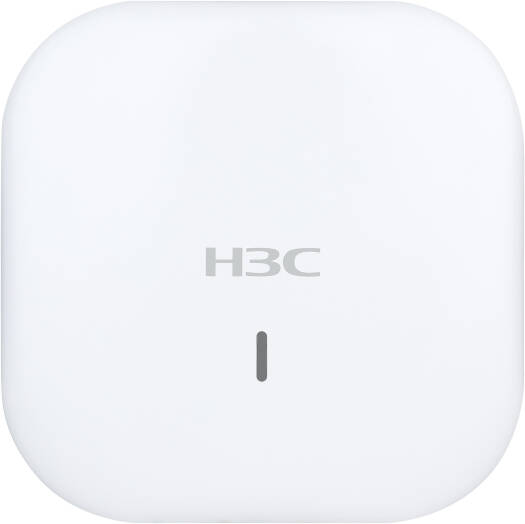
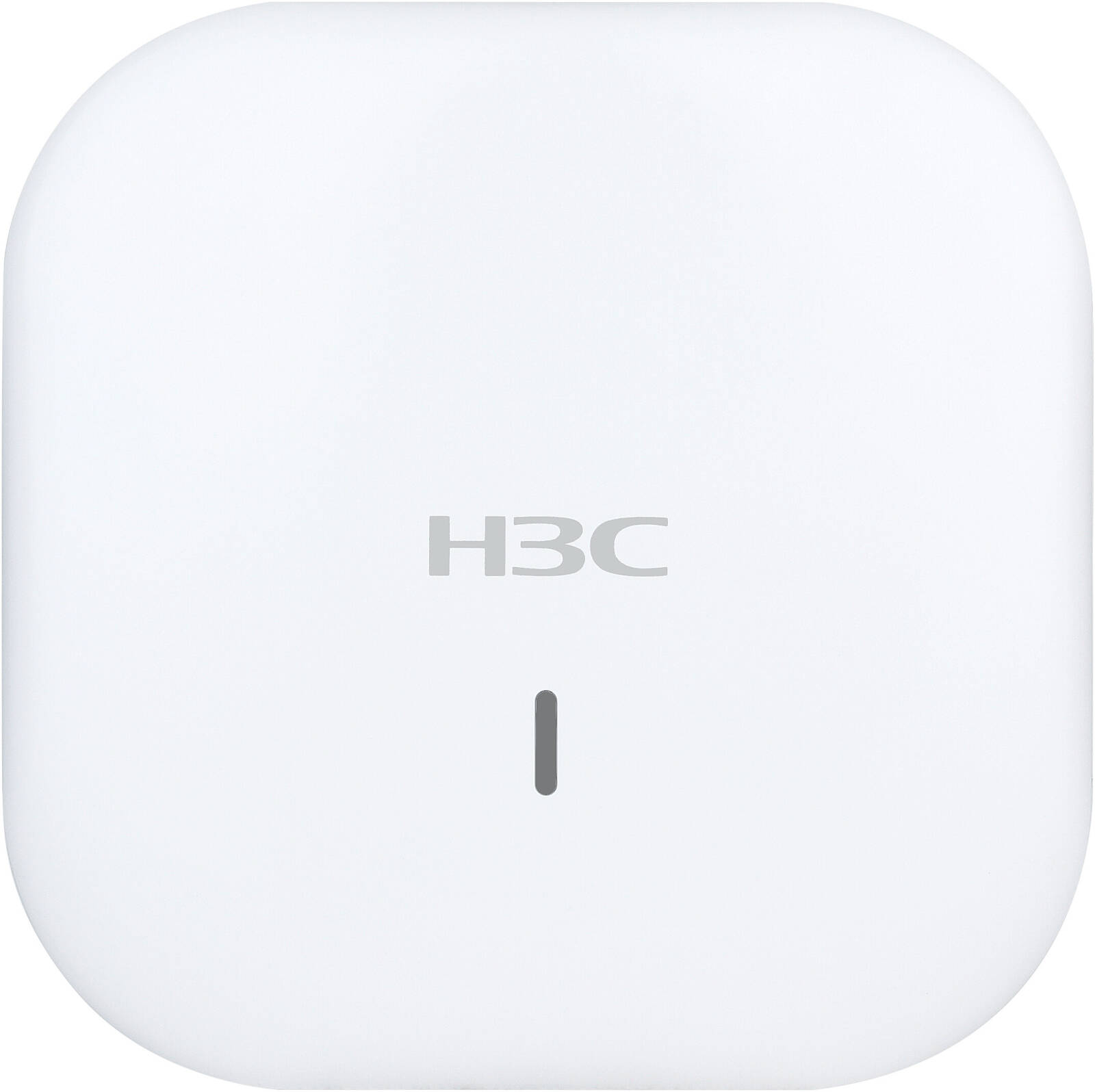
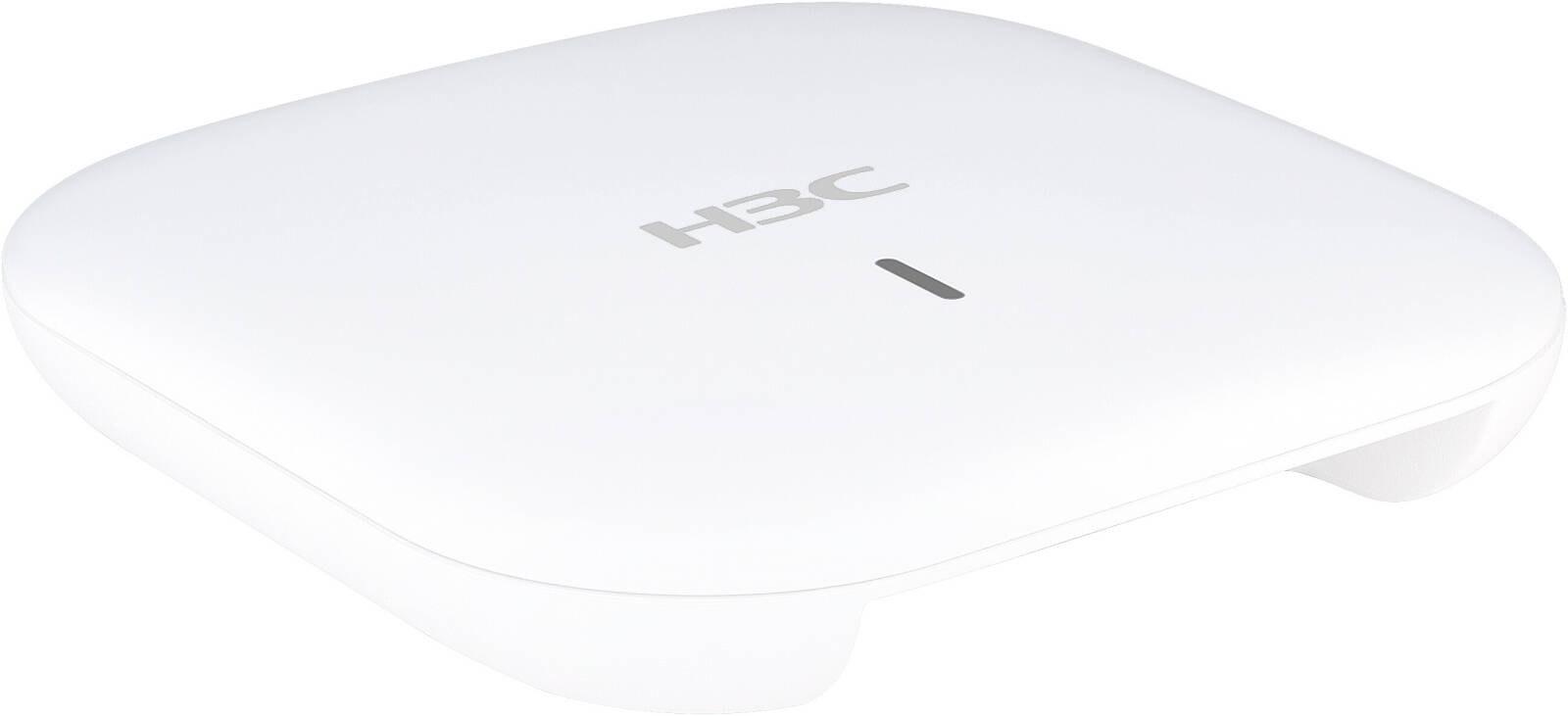


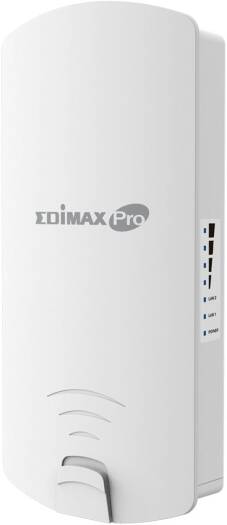
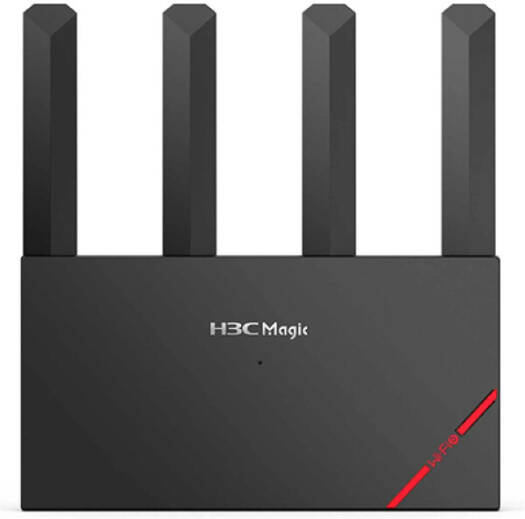
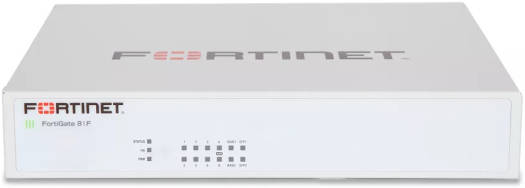

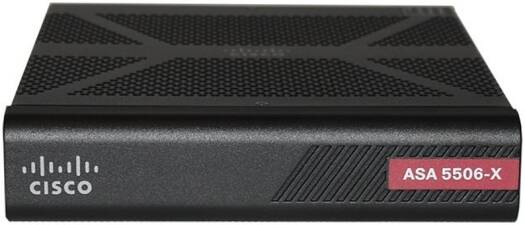


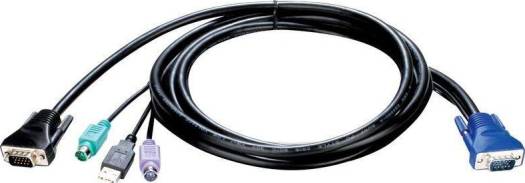
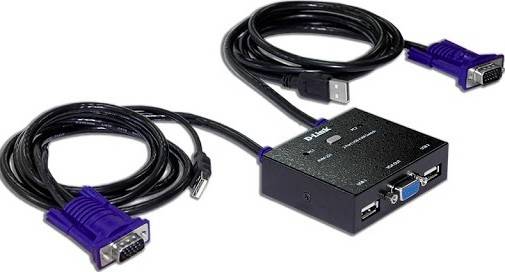
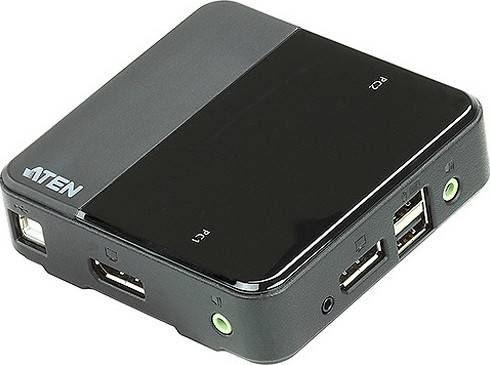
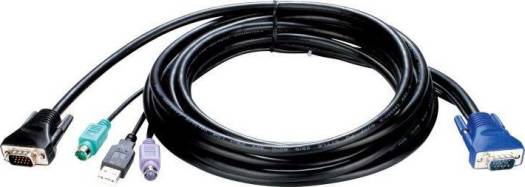
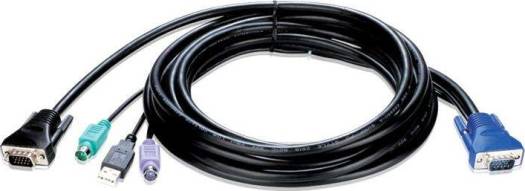
Отзывы
Отзывов пока нет.